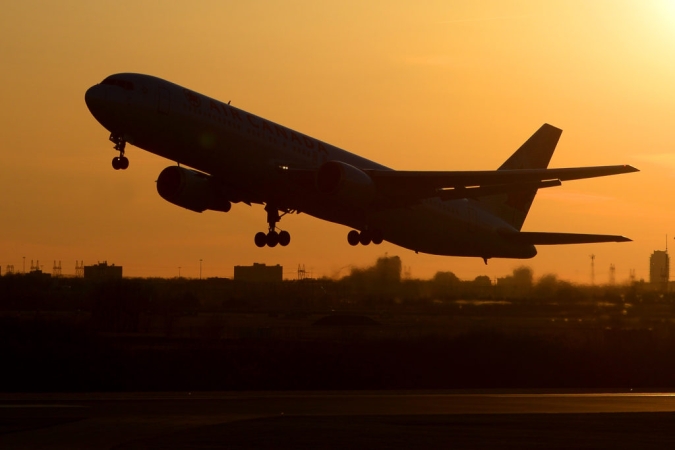February 23, 2022
April 20, 2021 | Local, Clean technologies, Big data and Artifical Intelligence, Advanced manufacturing 4.0, Autonomous systems (Drones / E-VTOL), Virtual design and testing, Additive manufacturing
Plans to boost aerospace sector outlined in federal government's Budget 2021 - Skies Mag

The Canadian government recognized the strategic importance of Canada's aerospace sector, which directly and indirectly supported nearly 235,000 jobs in 2019, and signalled its intention to ensure the industry can remain an important driver of Canada’s economy.
https://skiesmag.com/news/boost-aerospace-sector-federal-government-budget-2021/
On the same subject
-

-

July 20, 2022
Dévoilement de la 7ème édition du Coopérathon.
-

April 30, 2021
Offensive de transformation numérique : 130 M$ dans les douze prochains mois - Lancement d'une grande offensive de transformation numérique des entreprises de toutes les régions du Québec
/CNW Telbec/ - Le gouvernement du Québec annonce le lancement de l'Offensive de transformation numérique (OTN), une initiative stratégique pilotée par le...